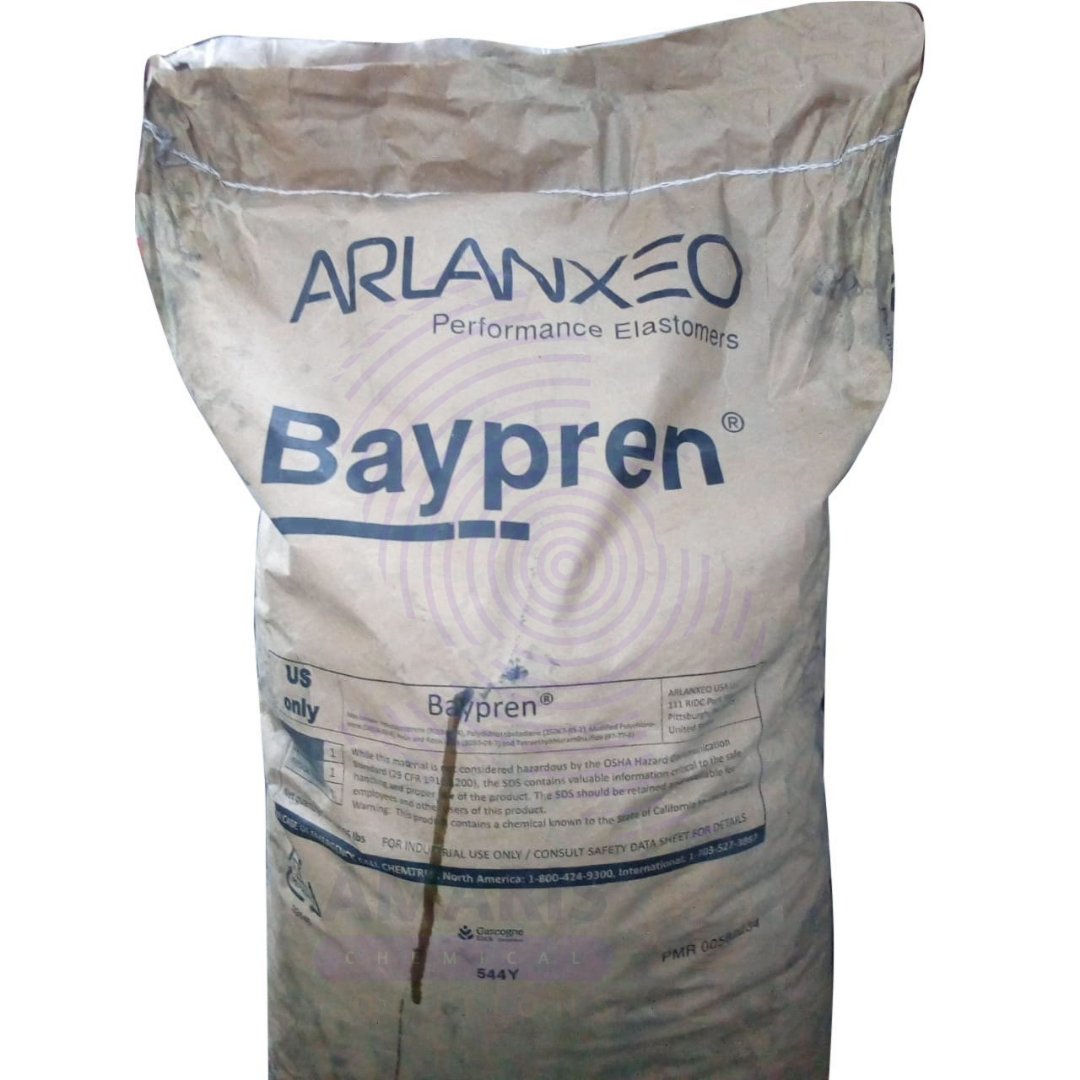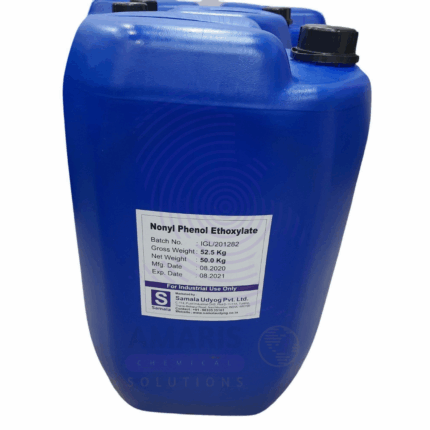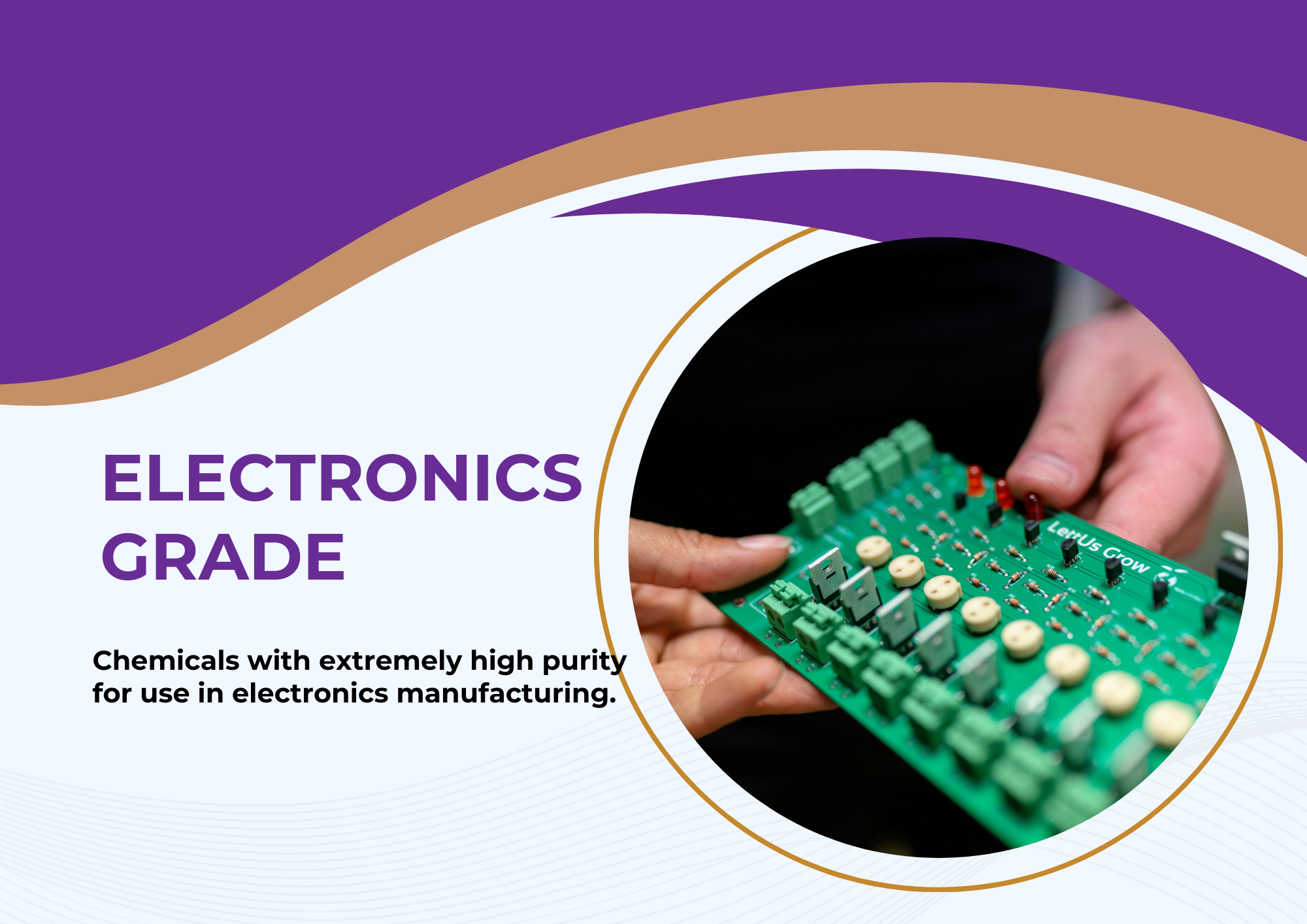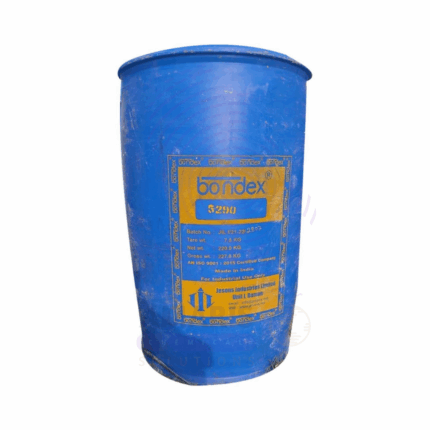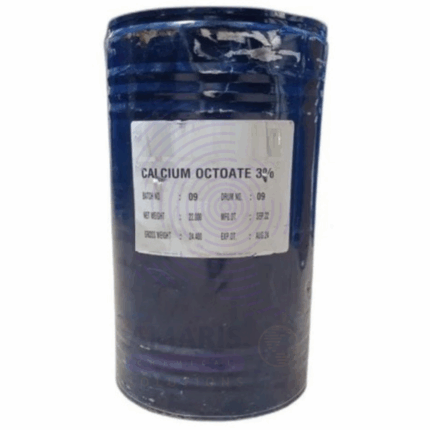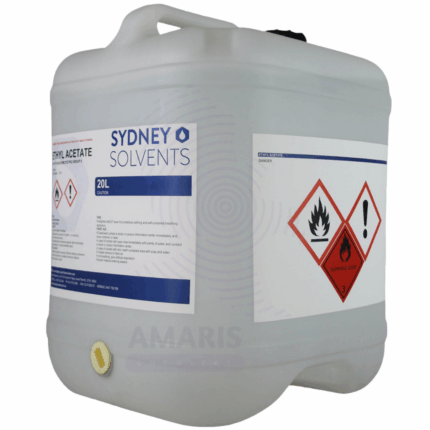“Liquid Chlorine” has been added to your cart. View cart
Bayprene
Whatsapp Order
Bayprene is a high-quality, synthetic rubber polymer belonging to the class of nitrile butadiene rubbers (NBR). It is widely used for its excellent resistance to oils, fuels, chemicals, and abrasion, making it ideal for sealing, gasketing, hoses, and industrial applications where durability and chemical resistance are required. Bayprene exhibits good mechanical properties, high tensile strength, and resistance to swelling and degradation, especially in petroleum-based environments. It is commonly supplied as solid rubber sheets, molded parts, or raw polymer for compounding.
Description
Table of Contents
Toggle
Bayprene
Primary Uses
- Sealing and Gasketing:
Used extensively in the manufacturing of oil seals, gaskets, and O-rings in automotive, aerospace, and industrial machinery due to its resistance to petroleum oils and fuels. - Hoses and Tubing:
Ideal material for fuel and oil handling hoses, hydraulic hoses, and flexible tubing in harsh chemical environments. - Automotive Industry:
Applied in fuel system components, brake system seals, and vibration dampening parts due to its durability and chemical resistance. - Industrial Applications:
Used for conveyor belts, diaphragms, and molded parts exposed to oils and solvents in manufacturing plants and refineries. - Adhesives and Coatings:
Employed in specialty adhesives and protective coatings where resistance to fuels and oils is necessary.
Secondary Uses
- Protective Gloves:
Used in nitrile gloves production, offering resistance to punctures and chemicals in medical and industrial settings. - Sporting Goods:
Occasionally incorporated in synthetic rubber blends for grips and protective equipment. - Sealants:
Used as a component in sealant formulations for marine and construction industries requiring oil resistance.
Electrical Insulation:
- Limited use as insulating material due to good dielectric properties and chemical stability.
PRODUCT KEY FEATURES
- Basic Identification Attributes
- Chemical Name (IUPAC): Acrylonitrile butadiene copolymer
- Common/Trade Name: Bayprene
- CAS Number: 25038-81-7 (typical for nitrile rubber)
- HS Code: 4002.49.00 (Rubber and articles thereof)
- Molecular Formula: (C₄H₅N)_x·(C₄H₆)_y (copolymer composition varies)
- Synonyms: Nitrile Butadiene Rubber (NBR), Buna-N
- Physical & Chemical Properties
- Physical State: Solid rubber (sheets, blocks, or molded parts)
- Color & Odor: Typically black or dark brown, characteristic rubber odor
- Melting Point: Does not have a sharp melting point; softens over range 160-190°C
- Density: ~1.0 - 1.2 g/cm³
- Solubility: Insoluble in water; soluble in aromatic and chlorinated hydrocarbons
- Mechanical Properties: Tensile strength ~15-25 MPa, elongation at break 300-600%
- Resistance: Excellent resistance to oils, fuels, and many chemicals; moderate resistance to heat and ozone
- Flammability: Flammable, but self-extinguishing when removed from flame
- Safety & Hazard Attributes
- Hazard Class (GHS): Not classified as hazardous in solid form; dust/fume inhalation hazardous
- NFPA Ratings: Health 1, Flammability 2, Reactivity 0
- Exposure Limits: No specific limits, but dust may irritate respiratory system
- Reactivity: Stable under normal conditions; avoid strong oxidizers and high temperatures
- Incompatibilities: Avoid exposure to strong acids, bases, and oxidizing agents
- Storage & Handling Attributes
- Storage Conditions: Store in cool, dry place away from heat, flame, and sunlight
- Container Type: Rolls, sheets, or blocks wrapped in polyethylene or other moisture-proof packaging
- Shelf Life: Typically 1-3 years if stored properly
- Special Handling: Use gloves to avoid skin irritation; minimize dust generation when cutting or grinding
- Regulatory & Compliance Attributes
- Regulatory Status: Complies with international standards for synthetic rubbers
- Transportation: Not classified as hazardous for transport
- Waste Disposal: Dispose in accordance with local environmental regulations; avoid incineration without proper controls
- Environmental & Health Impact
- Ecotoxicity: Low direct toxicity; synthetic polymer persistence in environment
- Persistence: Not biodegradable; stable polymeric material
- Carcinogenicity/Mutagenicity: No known carcinogenic or mutagenic effects
- Biodegradability: Non-biodegradable
SAFETY HANDLING PRECAUTIONS
-
Safety Handling Precautions
- PPE: Wear gloves, protective clothing, and eye protection when handling rubber sheets or powders.
- Dust Control: Avoid inhalation of dust when cutting or grinding; use local exhaust ventilation or respirators if necessary.
- Fire Safety: Keep away from ignition sources; have suitable fire extinguishers (foam, CO₂) nearby.
- Handling: Use mechanical aids for heavy rolls or blocks; avoid prolonged skin contact to reduce irritation risk.
- Storage: Store away from strong oxidizers and direct sunlight to prevent degradation.
First Aid Measures
- Inhalation: Remove to fresh air if dust inhaled; seek medical attention if respiratory irritation persists.
- Skin Contact: Wash with soap and water; seek medical advice if irritation occurs.
- Eye Contact: Rinse with plenty of water for at least 15 minutes; get medical help if irritation continues.
- Ingestion: Not expected; rinse mouth and seek medical advice if swallowed.
Firefighting Measures
- Fire Hazards: Flammable solid; produces toxic fumes including carbon monoxide and nitrogen oxides on burning.
- Extinguishing Media: Use foam, dry chemical powder, or CO₂ extinguishers. Avoid water streams that may spread fire.
- Special Precautions: Firefighters should wear full protective gear and self-contained breathing apparatus (SCBA).
- Preventive Actions: Store away from heat sources and oxidizers to prevent fire risks.
Related products
Bare Enamelled Copper Wire
Bare Enamelled Copper Wire is a high-quality electrical conductor coated with a thin layer of insulating enamel. It is widely used in electrical and electronic applications where insulation and durability are required without adding bulk. The enamel coating provides excellent resistance to heat, abrasion, and chemicals, making it suitable for winding coils, transformers, motors, and inductors. The bare enamelled copper wire ensures efficient conductivity combined with insulation properties, ideal for both laboratory research and industrial manufacturing processes.
Barium Nitrate
Barium Nitrate is an inorganic chemical compound, a white crystalline solid composed of barium and nitrate ions. It is highly soluble in water and serves as an oxidizing agent. Due to its energetic properties, barium nitrate is widely used in pyrotechnics to produce vibrant green colors and as an oxidizer in explosives and fireworks. It is also utilized in the manufacturing of barium oxide and other barium compounds. Barium nitrate must be handled carefully due to its toxicity and oxidizing nature.
Bondex 5299
Bondex 5299 is a solvent-based, high-performance industrial adhesive formulated to provide strong, durable bonds on a wide variety of substrates such as metals, plastics, rubber, and composites. It appears as a clear to amber viscous liquid with a characteristic solvent odor. Known for excellent resistance to heat, moisture, and chemicals, Bondex 5299 cures by solvent evaporation to form a flexible, resilient bond. It is widely used in automotive, aerospace, electronics, and heavy machinery industries due to its reliable bonding strength and quick curing properties.
Calcium Octoate
Calcium Octoate 10% is an aqueous solution containing 10% calcium octoate, a calcium salt of 2-ethylhexanoic acid (octanoic acid). It is a white to pale yellow liquid, soluble in water, known primarily as a metal carboxylate used as a drying agent and corrosion inhibitor. It functions as a calcium-based drier in coatings, paints, varnishes, and printing inks to accelerate the curing process by catalyzing the oxidation and polymerization of drying oils. Due to its stability and efficacy at low concentrations, it is widely preferred as a non-toxic alternative to traditional lead or cobalt-based driers.
Epikote 828 (Epoxy Resin)
Epikote 828 is a liquid bisphenol-A-based epoxy resin with a low molecular weight. It is one of the most widely used general-purpose epoxy resins in industrial applications due to its excellent mechanical, chemical, and thermal properties. Epikote 828 cures with various hardeners, especially amines, to form thermoset polymers with outstanding adhesion, chemical resistance, and dimensional stability. The resin is typically a clear to pale yellow viscous liquid and is soluble in most organic solvents. It is primarily used in coatings, adhesives, composites, electrical encapsulation, flooring systems, and structural materials.
Ethoxy Propanol
Ethoxy Propanol, also known as Propylene Glycol Monoethyl Ether (PnP), is a clear, colorless, low-viscosity solvent with a mild ether-like odor. It belongs to the family of glycol ethers and is miscible with water and most organic solvents. Ethoxy Propanol is widely valued for its excellent solvency, moderate evaporation rate, and compatibility with both polar and non-polar systems. It is extensively used in coatings, inks, cleaners, and chemical synthesis applications due to its balance of performance and safety.
Ethyl Acetate
Ethyl Acetate is a clear, colorless, volatile organic solvent with a characteristic sweet, fruity odor reminiscent of pear drops. It is an ester formed by the condensation of ethanol and acetic acid. Known for its excellent solvency, low toxicity, and rapid evaporation rate, Ethyl Acetate is widely used as a solvent in coatings, adhesives, inks, pharmaceuticals, and chemical synthesis. It is miscible with most organic solvents and partially soluble in water. Ethyl Acetate offers high volatility, making it ideal for quick-drying formulations.
Ferrous Sulphide
Ferrous Sulphide (FeS) is an inorganic iron-sulfur compound appearing as a dark gray to black crystalline powder or solid. It has low solubility in water but reacts with acids to release hydrogen sulfide gas. It is used in numerous industrial and chemical processes due to its sulfide content and reactive properties. Ferrous Sulphide serves as a key intermediate in metallurgy, chemical synthesis, wastewater treatment, pigment production, and more.


 Preservatives(food)
Preservatives(food) Flavor Enhancers
Flavor Enhancers Acidulants
Acidulants Sweeteners
Sweeteners Antioxidants
Antioxidants Colorants(food)
Colorants(food) Nutraceutical Ingredients (food)
Nutraceutical Ingredients (food) Nutrient Supplements
Nutrient Supplements Emulsifiers
Emulsifiers
 Collectors
Collectors Dust Suppressants
Dust Suppressants Explosives and Blasting Agents
Explosives and Blasting Agents Flocculants and Coagulants
Flocculants and Coagulants Frothers
Frothers Leaching Agents
Leaching Agents pH Modifiers
pH Modifiers Precious Metal Extraction Agents
Precious Metal Extraction Agents
 Antioxidants(plastic)
Antioxidants(plastic) Colorants (Pigments, Dyes)
Colorants (Pigments, Dyes) Fillers and Reinforcements
Fillers and Reinforcements Flame Retardants
Flame Retardants Monomers
Monomers Plasticizers
Plasticizers Polymerization Initiators
Polymerization Initiators Stabilizers (UV, Heat)
Stabilizers (UV, Heat)
 Antifoaming Agents
Antifoaming Agents Chelating Agents
Chelating Agents Coagulants and Flocculants
Coagulants and Flocculants Corrosion Inhibitors
Corrosion Inhibitors Disinfectants and Biocides
Disinfectants and Biocides Oxidizing Agents
Oxidizing Agents pH Adjusters
pH Adjusters Scale Inhibitors( water)
Scale Inhibitors( water)
 Antioxidants(cosmetic)
Antioxidants(cosmetic) Emollients
Emollients Fragrances and Essential Oils
Fragrances and Essential Oils Humectants
Humectants Preservatives
Preservatives Surfactants(cosmetic)
Surfactants(cosmetic) Thickeners
Thickeners UV Filters
UV Filters
 Fertilizers
Fertilizers Soil Conditioners
Soil Conditioners Plant Growth Regulators
Plant Growth Regulators Animal Feed Additives
Animal Feed Additives Biostimulants
Biostimulants Pesticides (Herbicides, Insecticides, Fungicides)
Pesticides (Herbicides, Insecticides, Fungicides)
 Active Pharmaceutical Ingredients (APIs)
Active Pharmaceutical Ingredients (APIs) Excipients
Excipients Solvents(pharmaceutical)
Solvents(pharmaceutical) Antibiotics
Antibiotics Antiseptics and Disinfectants
Antiseptics and Disinfectants Vaccine Adjuvants
Vaccine Adjuvants Nutraceutical Ingredients (pharmaceutical)
Nutraceutical Ingredients (pharmaceutical) Analgesics & Antipyretics
Analgesics & Antipyretics
 Analytical Reagents
Analytical Reagents Solvents(lab)
Solvents(lab) Chromatography Chemicals
Chromatography Chemicals Spectroscopy Reagents
Spectroscopy Reagents microbiology-and-cell-culture-reagents
microbiology-and-cell-culture-reagents Molecular Biology Reagents
Molecular Biology Reagents Biochemical Reagents
Biochemical Reagents Inorganic and Organic Standards
Inorganic and Organic Standards Laboratory Safety Chemicals
Laboratory Safety Chemicals Specialty Laboratory Chemicals(Special Laboratory Equipment)
Specialty Laboratory Chemicals(Special Laboratory Equipment)
 Demulsifiers
Demulsifiers Hydraulic Fracturing Fluids
Hydraulic Fracturing Fluids Scale Inhibitors(oil)
Scale Inhibitors(oil) Surfactants(oil)
Surfactants(oil) Drilling Fluids
Drilling Fluids
 Dyes and Pigments
Dyes and Pigments Bleaching Agents
Bleaching Agents Softening Agents
Softening Agents Finishing Agents
Finishing Agents Antistatic Agents
Antistatic Agents
 Admixtures
Admixtures Waterproofing Agents
Waterproofing Agents Sealants and Adhesives
Sealants and Adhesives Curing Compounds
Curing Compounds Concrete Repair Chemicals
Concrete Repair Chemicals Anti-Corrosion Coatings
Anti-Corrosion Coatings
 Surfactants(cleaning)
Surfactants(cleaning) Builders
Builders Enzymes
Enzymes Solvents (Cleaning)
Solvents (Cleaning) Fragrances
Fragrances
 Electronic Chemicals
Electronic Chemicals Catalysts
Catalysts Lubricants
Lubricants Photographic Chemicals
Photographic Chemicals Refrigerants
Refrigerants Automotive chemicals
Automotive chemicals Pyrotechnic Chemicals
Pyrotechnic Chemicals
 Biodegradable Surfactants
Biodegradable Surfactants Bio-based Solvents
Bio-based Solvents Renewable Polymers
Renewable Polymers Carbon Capture Chemicals
Carbon Capture Chemicals Wastewater Treatment Chemicals
Wastewater Treatment Chemicals
 Pigments
Pigments Solvents(paint)
Solvents(paint) Specialty Coatings
Specialty Coatings Binders/Resins
Binders/Resins Additives
Additives Driers
Driers Anti-Corrosion Agents
Anti-Corrosion Agents Functional Coatings
Functional Coatings Application-Specific Coatings
Application-Specific Coatings
 Fresh Herbs
Fresh Herbs Ground Spices
Ground Spices Whole Spices
Whole Spices Spice Blends
Spice Blends Dried Herbs
Dried Herbs
 Leavening Agents
Leavening Agents Dough Conditioners
Dough Conditioners Flour Treatments
Flour Treatments Fat Replacers
Fat Replacers Decoratives
Decoratives Preservatives(baking)
Preservatives(baking)
 Plasticizers & Softeners
Plasticizers & Softeners Reinforcing Agents
Reinforcing Agents Adhesion Promoters
Adhesion Promoters Vulcanizing Agents
Vulcanizing Agents Antidegradants
Antidegradants Blowing Agents
Blowing Agents Fillers & Extenders
Fillers & Extenders Accelerators & Retarders
Accelerators & Retarders